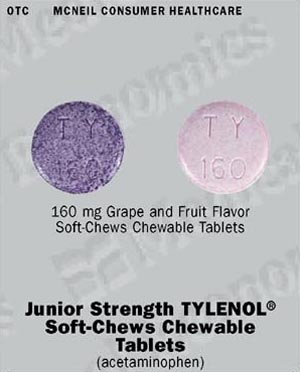
The most common reactions to intravenous acetylcysteine are nausea, vomiting and cutaneous systemic hypersensitivity reactions. These include rash, nausea and vomiting, angioedema, flushing, tachycardia, bronchospasm, hypotension and death. The traditional three bag protocol is associated with a high rate of adverse reactions, ranging from mild to severe. It is almost completely protective against deaths secondary to paracetamol-induced liver injury when administered within 8 hours of ingestion. Traditionally acetylcysteine is given over a series of three infusions given over 20 hours. Acetylcysteine also supplies thiol groups, which can directly bind with NAPQI in hepatocytes and enhances non-toxic sulfate conjugation. Acetylcysteine is a cysteine precursor, it is hydrolysed intracellularly to cysteine, which replenishes glutathione. Glutathione is essential in the metabolism of NAPQI (toxic paracetamol metabolite. Its efficacy as a specific antidote for paracetamol poisoning relies mainly on its ability to stimulate glutathione synthesis. This case highlights the need for further investigation in the management of massive APAP overdose, including optimal method and timing of renal replacement therapy.Guest Post – Dr Angela Chiew – Australian Clinical Toxicologist and Emergency Staff SpecialistĪcetylcysteine is the most widely used antidote for paracetamol poisoning. This is the first description of a fatal acetaminophen ingestion refractory to both IHD and prolonged CRRT.


Despite these interventions, fulminant liver failure progressed with cerebral edema, coagulopathy and death.

We describe a case of massive APAP overdose presenting with altered mental status and lactic acidosis, refractory to multiple treatments of IHD as well as CRRT and high-dose NAC along with fomepizole. One treatment with IHD is typically sufficient for resolution of acidosis and global improvement clinically. While N-acetylcysteine (NAC) remains the cornerstone of treatment for APAP overdose, extracorporeal treatment, in the form of renal replacement therapy with intermittent hemodialysis (IHD) or continuous renal replacement therapy (CRRT) may provide benefit in cases associated with altered mental status and metabolic acidosis. Massive Acetaminophen ( N-acetyl-p-aminophenol APAP) overdose is a common presentation to emergency departments around the world.


 0 kommentar(er)
0 kommentar(er)
